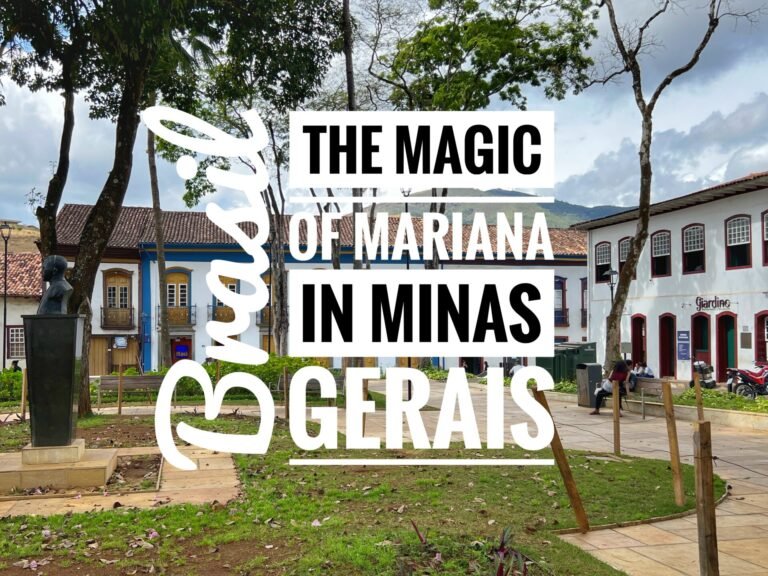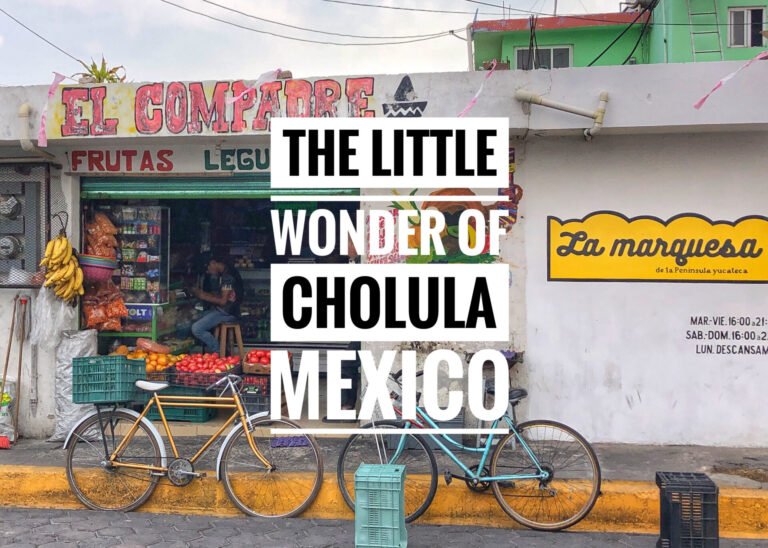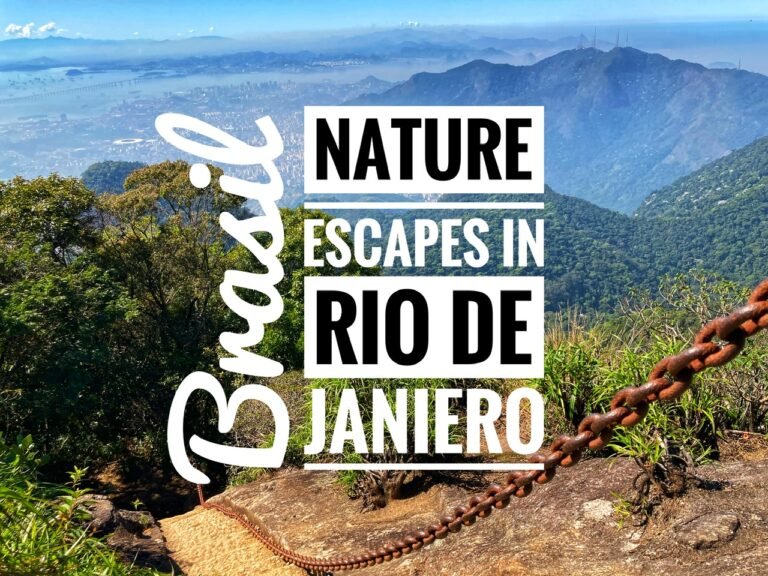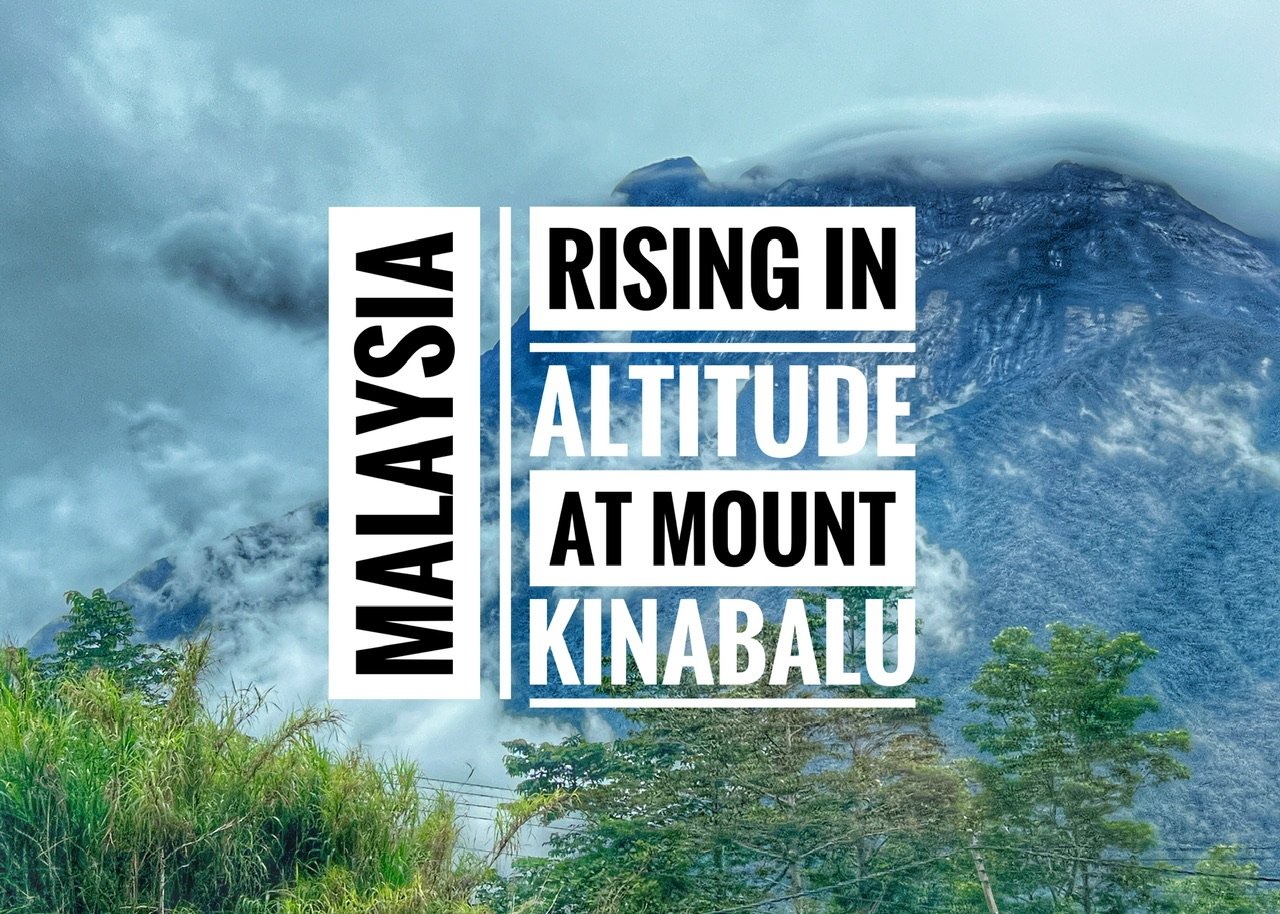
Arriving to Mount Kinabalu National Park
After a three hour escape from the wilds, we still had an endless five-hour bus journey to bask in our grime before arriving to our refreshingly cool next destination of Mt Kinabalu National Park. If we had to plan this again, (which we won’t but maybe it’ll save you), we’d definitely stay in Sepilok upon the return to detox ourselves and rest. Nope…didn’t think that one through too well. 🤣

From the Orangutan Center, we got to the Sandakan bus station by Grab ($6) and because it was our first bus station on Borneo, were a bit shocked by the quite unpolished state of it, although perhaps we shouldn’t have been based on the downtrodden state of the city center.
When we were arrived, we were directed to a woman who basically had what looked like a cardboard desk amongst all the clutter and couldn’t even take a credit card, which is quite rare in Malaysia. Our bus would leave in an hour at 2 pm so we basked in the whirl of a fan and admired the highlight of the terminal…the cats.
The rest of the station was in a similar state and to go to the bathroom, you had to wade through about 3 inches of water to get to the western loo. Fortunately the squatty potty did not have a lake around it making that option suddenly more appealing. Needless to say, we wouldn’t be freshening up too much in there!!
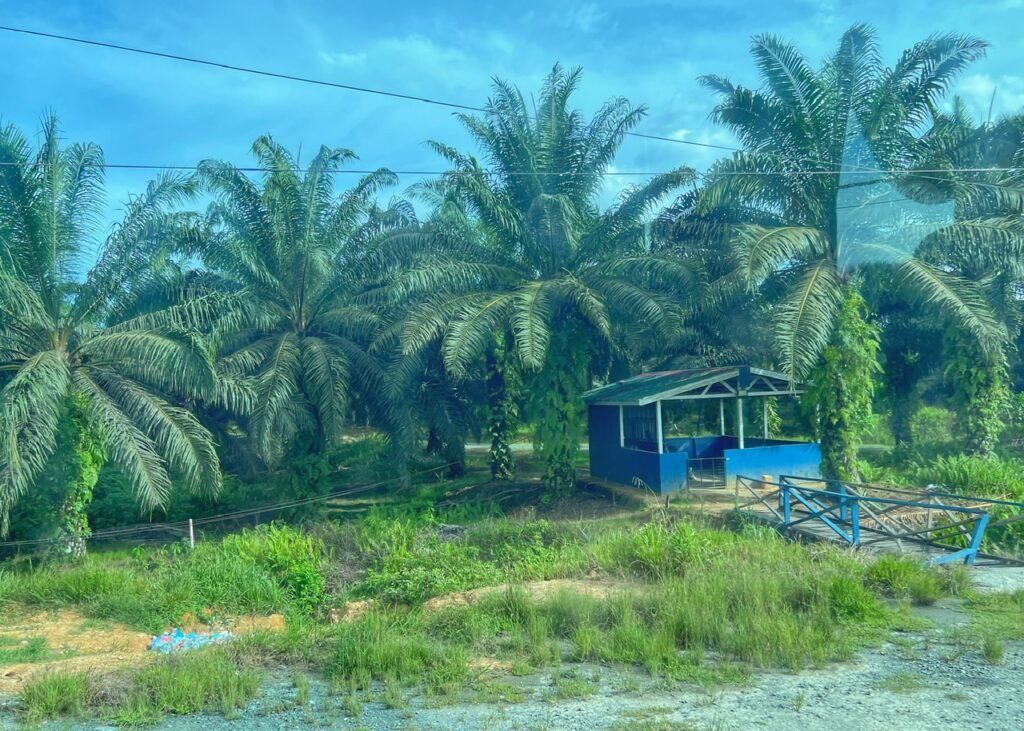


This was our first time traveling by bus in the country and thus the first time we’d come face to face with the nauseating extent of the palm plantations which have demolished rainforests in order to manufacture palm oil.
There were palms as far as the eye can see. If you don’t know better, they might even look pretty. But they’re not. Since 1990, the island has lost some 31 million hectares (76 million acres) of forest, or an area nearly the size of Germany. More than 40% of the world’s vegetable oil comes from oil palm trees and 85% of those are in Malaysia and Indonesia. (Pulitzer Center.)
Palm oil is in nearly everything – close to 50% of the packaged and convenience products we find in supermarkets, from pizza, doughnuts, peanut butter, and chocolate, to deodorant, shampoo, toothpaste and lipstick. The list is long. (WWF)
What can we do? Simple. Stop buying products with palm oil in it. In most developed countries, at least, there are plenty of alternative options.
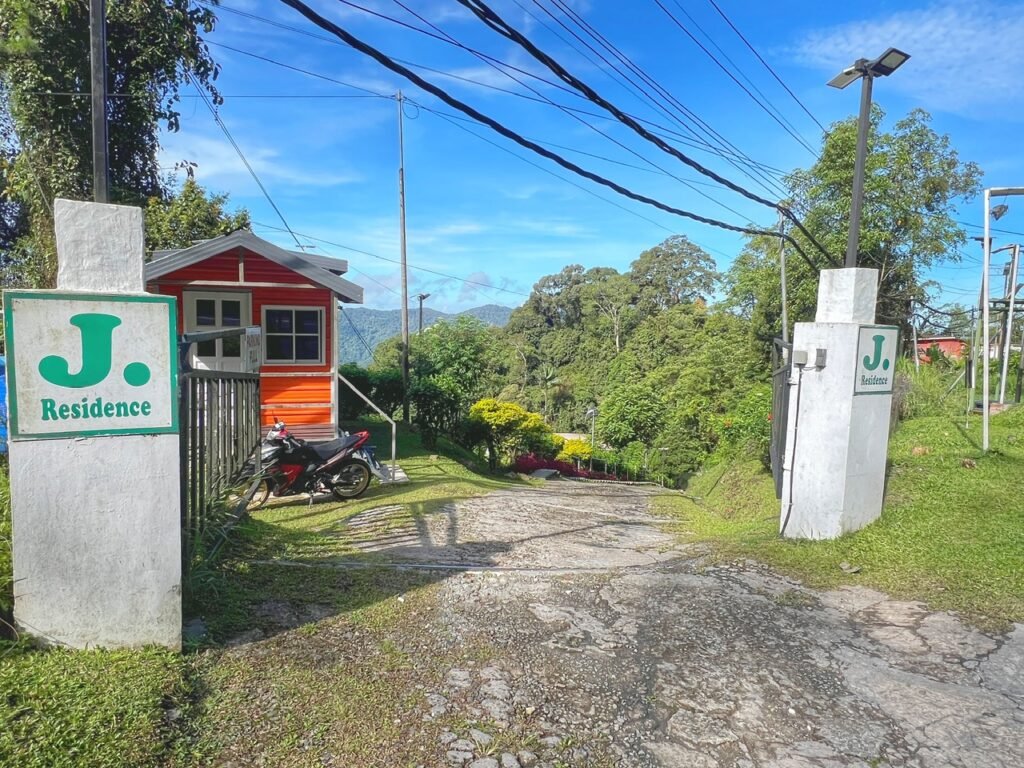

Finally, at 7:30 the bus driver, who was bound for Kota Kinabalu 4 more hours away, was kind enough to let us off directly at our hotel after chugging hundreds of meters up the mountains. J Residence sat at the edge of Mt Kinabalu National Park, and we breathed a sigh of relief at the temperature…the coolest we’d felt in many months.
Though the entrance to our hotel was right on the road, there was a very steep hill that guided you down to the units so no traffic noise could be heard. After two nights in the jungle, our $18 room which didn’t even need AC, was like a palace. It’s in these moments, you’re simply grateful for a clean ant-free bed and a warm shower.
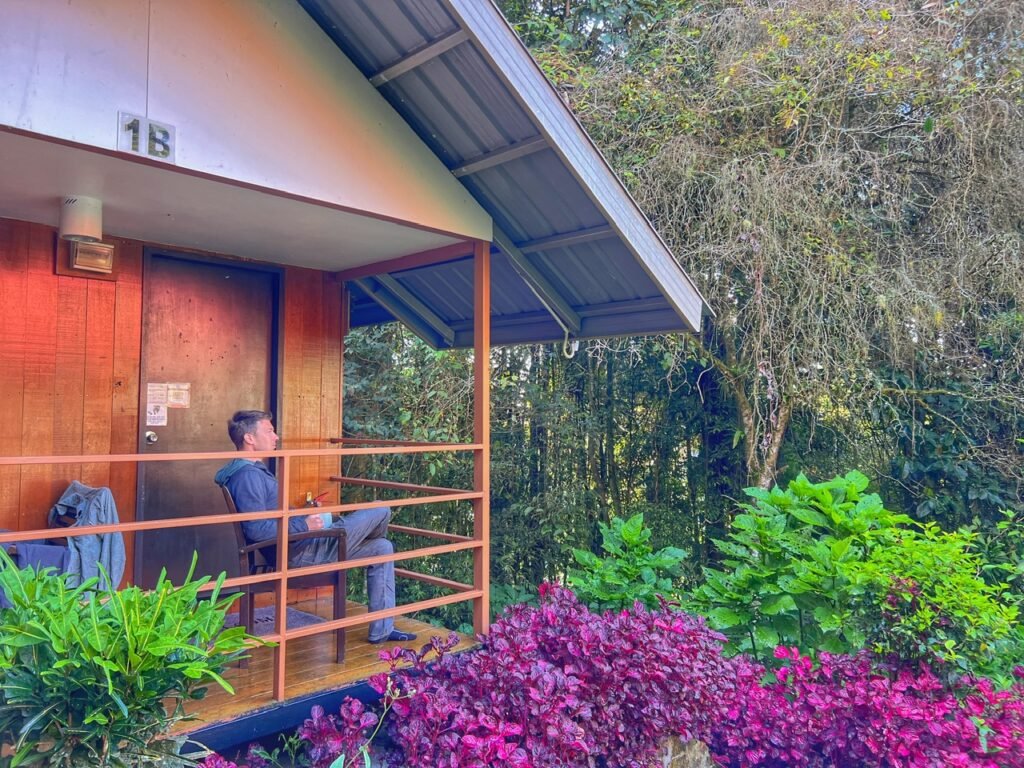
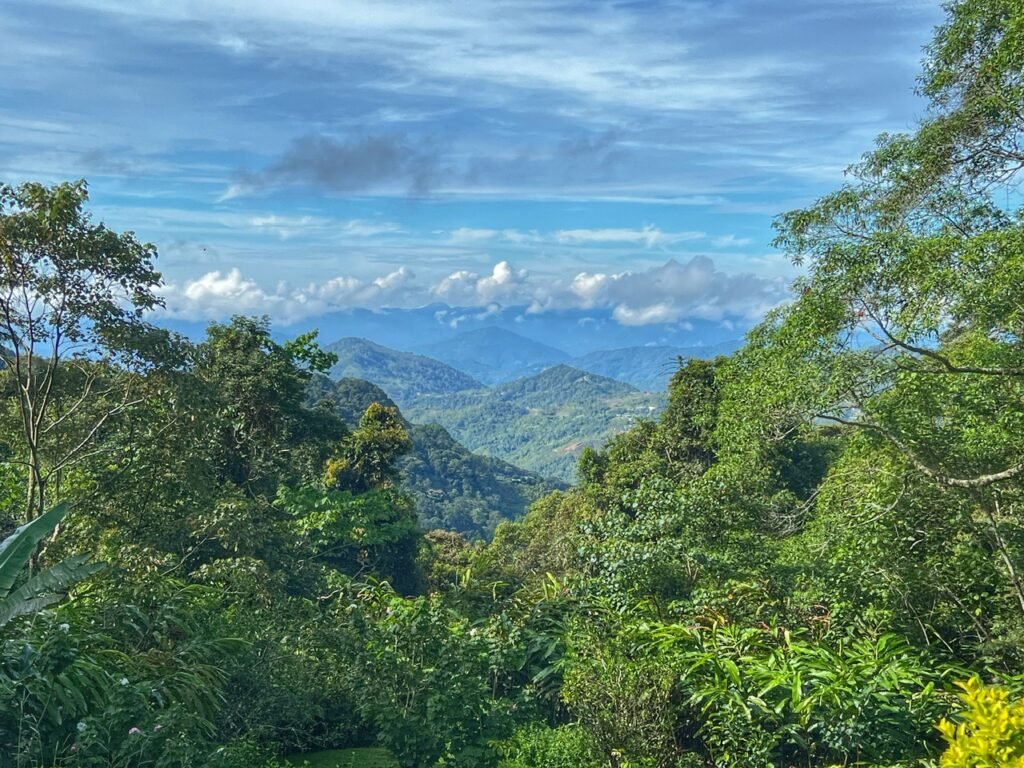
And the gratitude continued the next morning as the tranquility enveloped us. Now we’re talking…
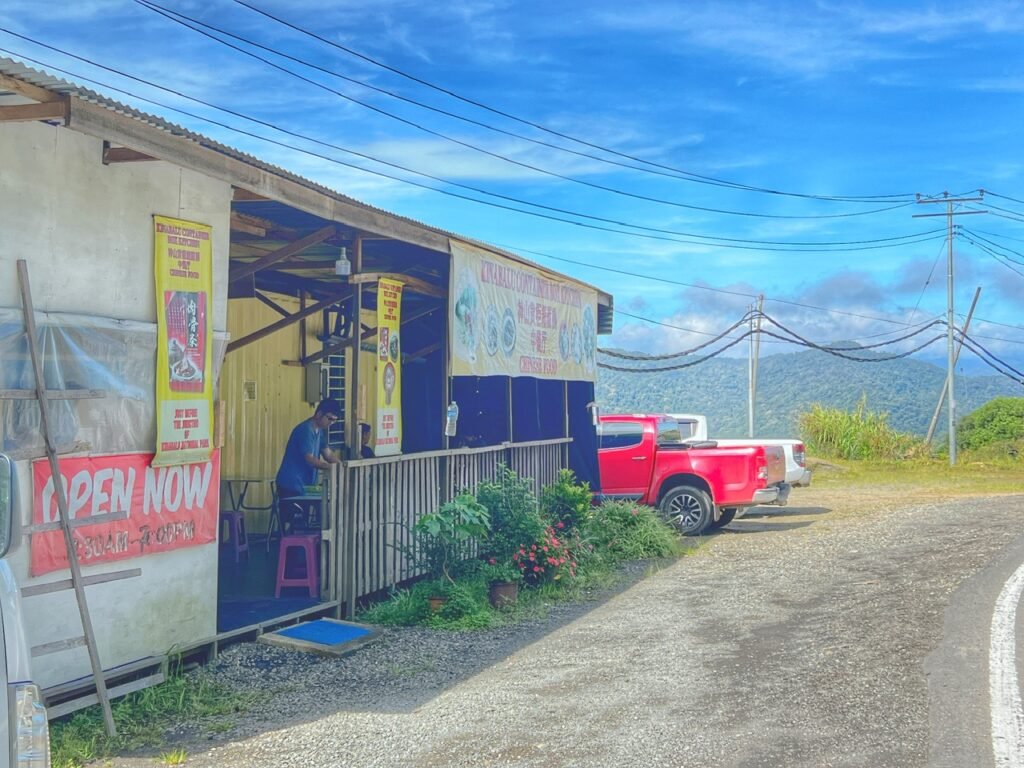
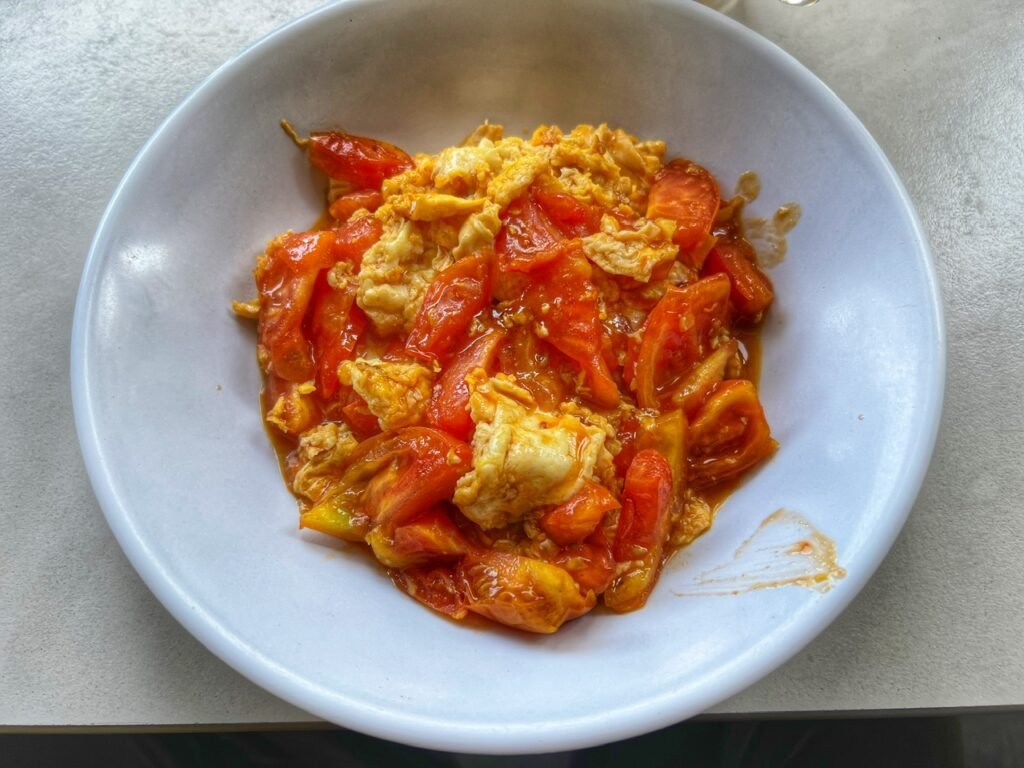
Unfortunately breakfast was not included so we grabbed breakfast at a Chinese cargo box restaurant which was about a 5-minute walk. We ordered eggs and tomatoes which we thought was a healthy protein boost before we headed to the park. But unfortunately it was doused in a sugary sauce. Why, oh why, is sugar in everything?!?! 😬
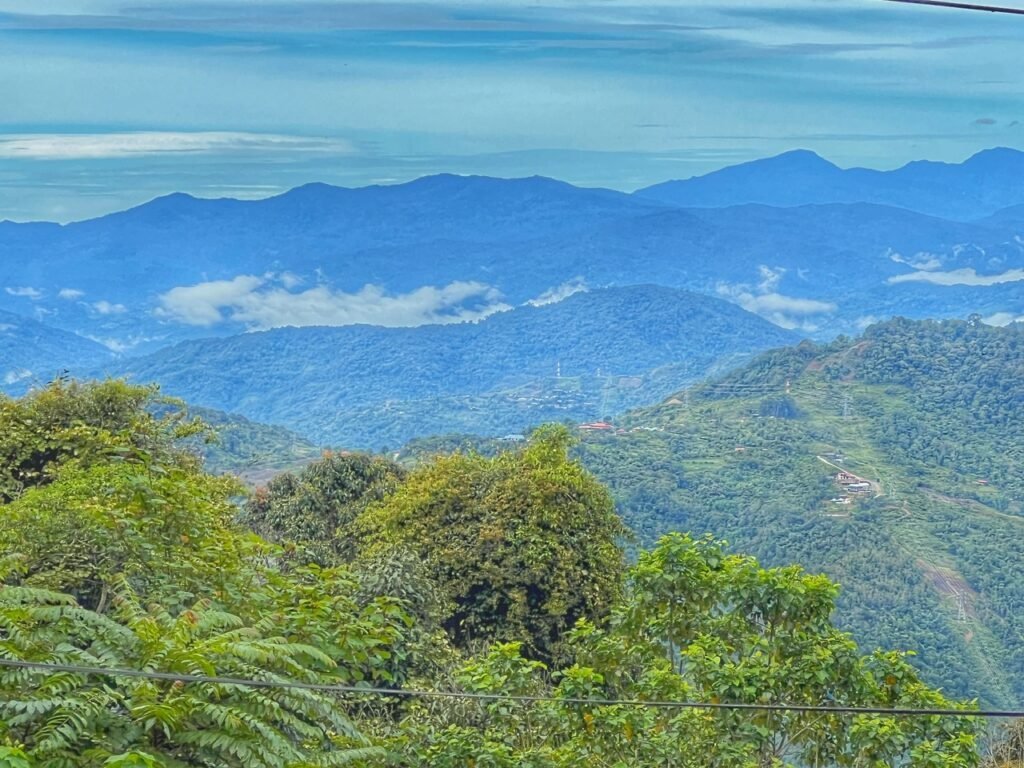
Ah well. Time to get our hike on!! 🙂
Exploring the Park
We reserved one full day to explore Mt Kinabalu National Park and no, we did not climb Borneo’s famous peak at 4,095 meters, (13,435 feet). Although it probably would have been a rewarding hike in some bizarrely refreshing weather, it’s not a cheap excursion going for at least $250/person for the two day summit. Instead we enjoyed the trails around the base of the granite dome (nope, not volcanic), and the botanical garden which was loaded with interesting plants. In fact, botanists suggest that the plant-life in Kinabalu Park are among the richest in the world.

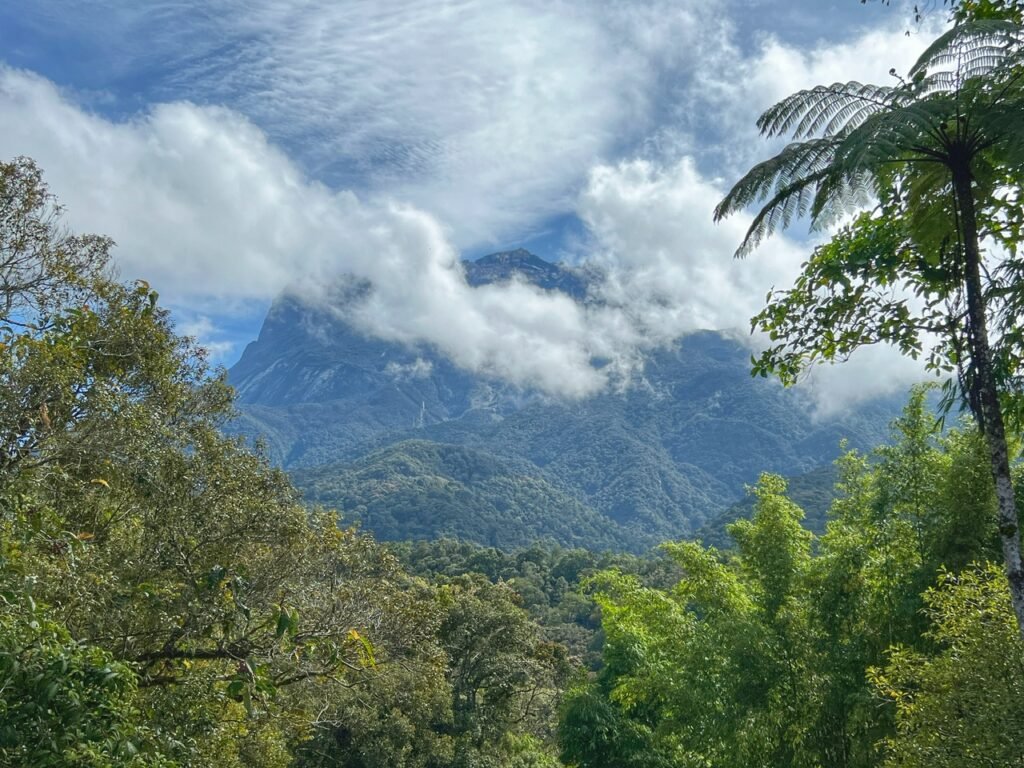
Although we didn’t summit, just entering the park is not an inexpensive endeavor setting us back about $12/each. It was a 10-minute walk from our accommodation at J Residence which worked out perfectly and for a brief moment we saw the mountain in all her glory. But 10 minutes later, as we walked into the park, she was already almost entirely clouded over. Kinabalu is the third largest island mountain in the world after Mauna Kea on Hawaii and Puncak Jaya in New Guinea.
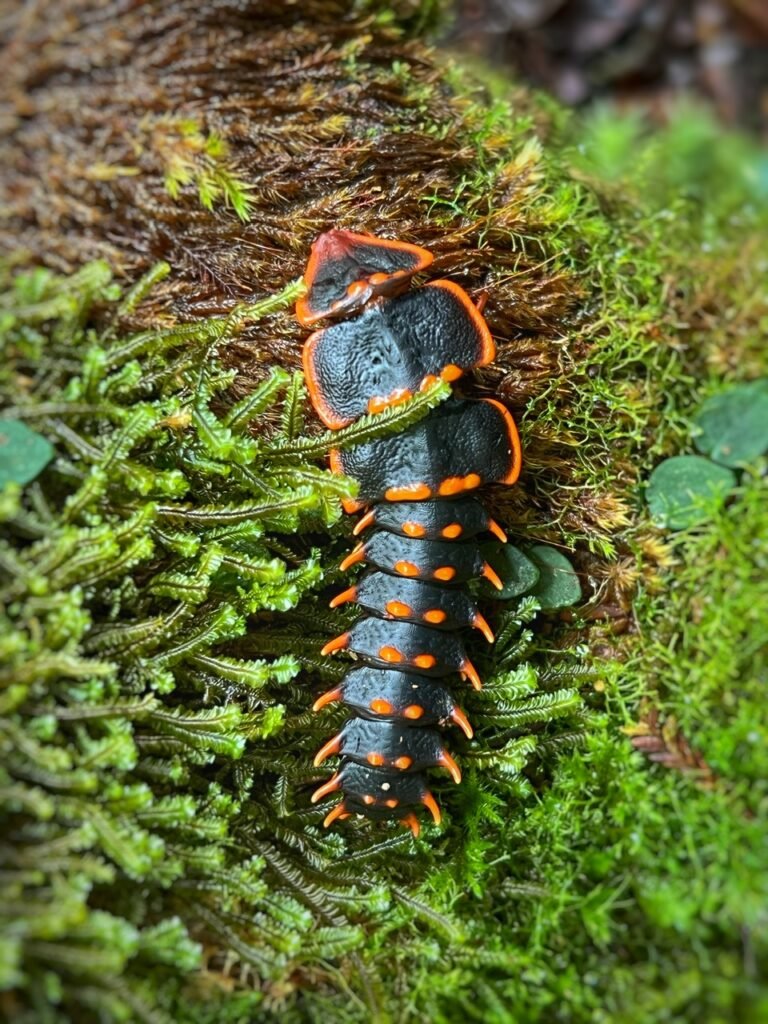
After coating ourselves with more bug spray, because we certainly weren’t getting away from that joy, we immediately hopped on a trail and spotted this critter, which looks like it snuck out of Jurassic Park or something. This extraordinary Trilobite beetle is called a Platerodrilus and as its name suggests, they replicate the scaly appearance of the prehistoric arthropods trilobites. However, they’re not actually related. They are found throughout SE Asia and India but he was our first.

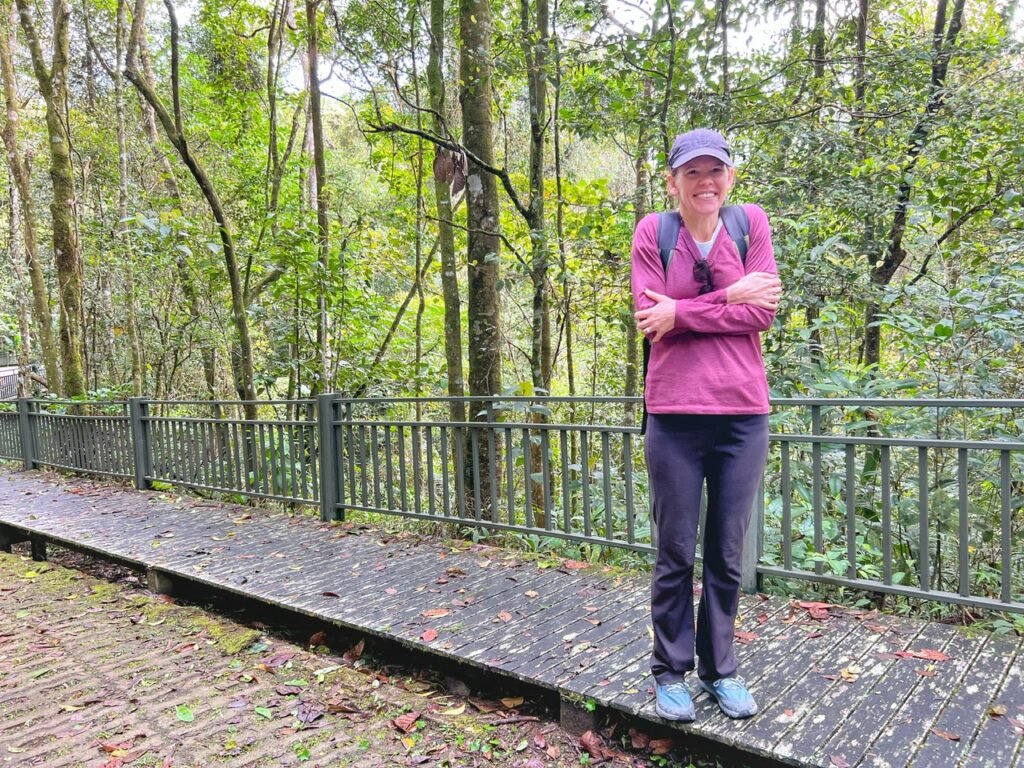
This eye candy was sprinkled throughout the forest everywhere in the park. It’s called Medinilta and it flowers and fruits all year round, making it a popular snack for the birds and squirrels. There are 17 species of Medinilla in Kinabalu.
Mandy exaggerates how cold it is, but it felt beyond invigorating to actually need a long-sleeve shirt and pants for the temperature and not just the bugs.
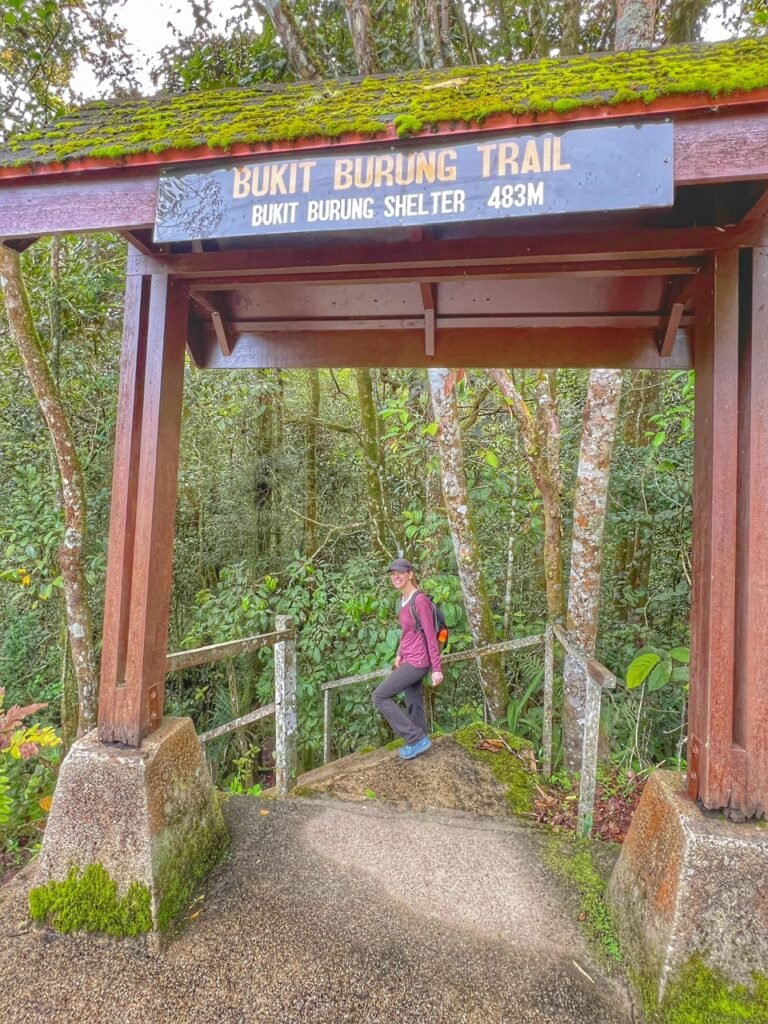
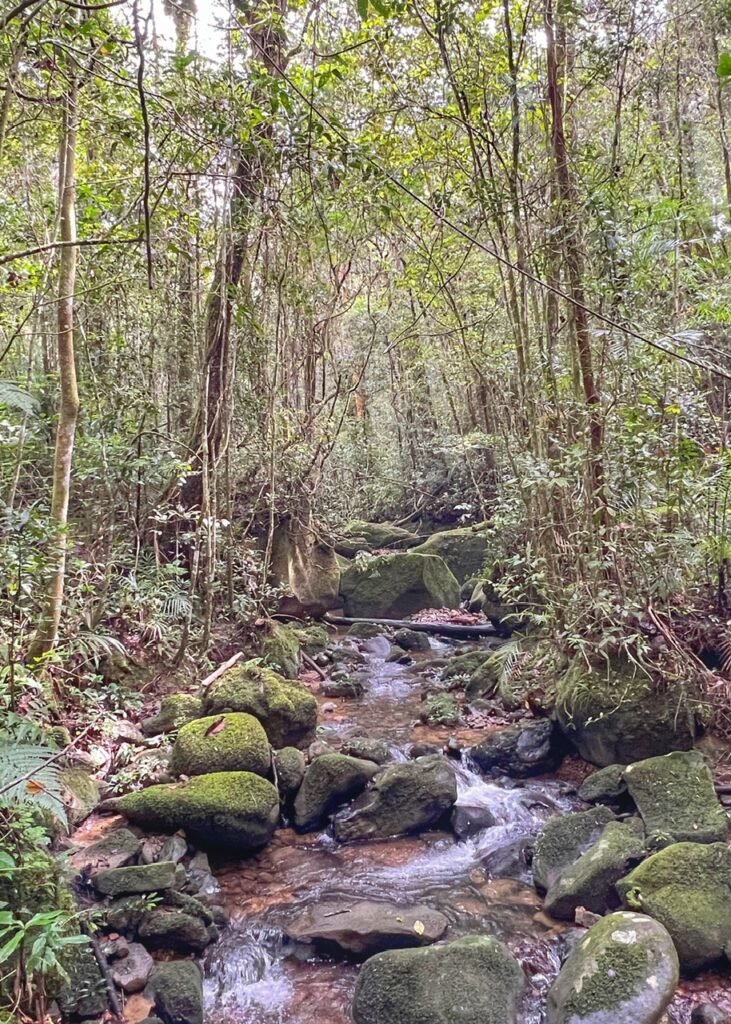
The trails were marked by distances but it was still very helpful to follow along on Mapy. The refreshing streams were exactly the kind of nature therapy we needed.

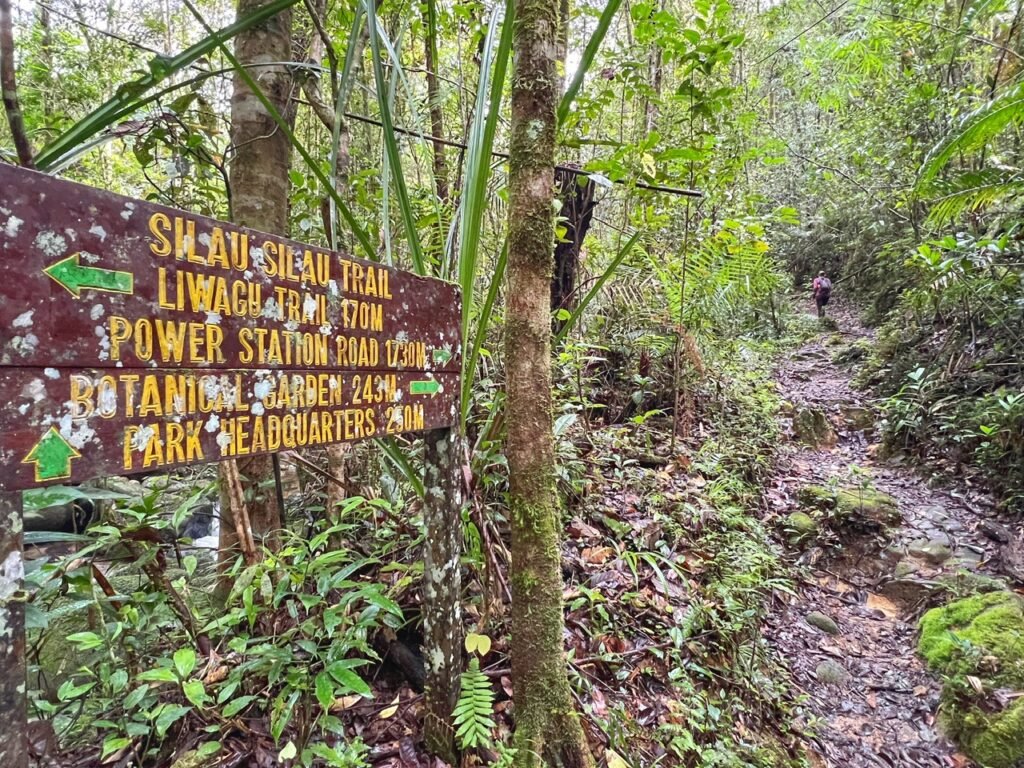
As we tackled the trails with easy markers, we’re discovering we may be more temperate rainforest people than straight up junglites. 🙈🤣
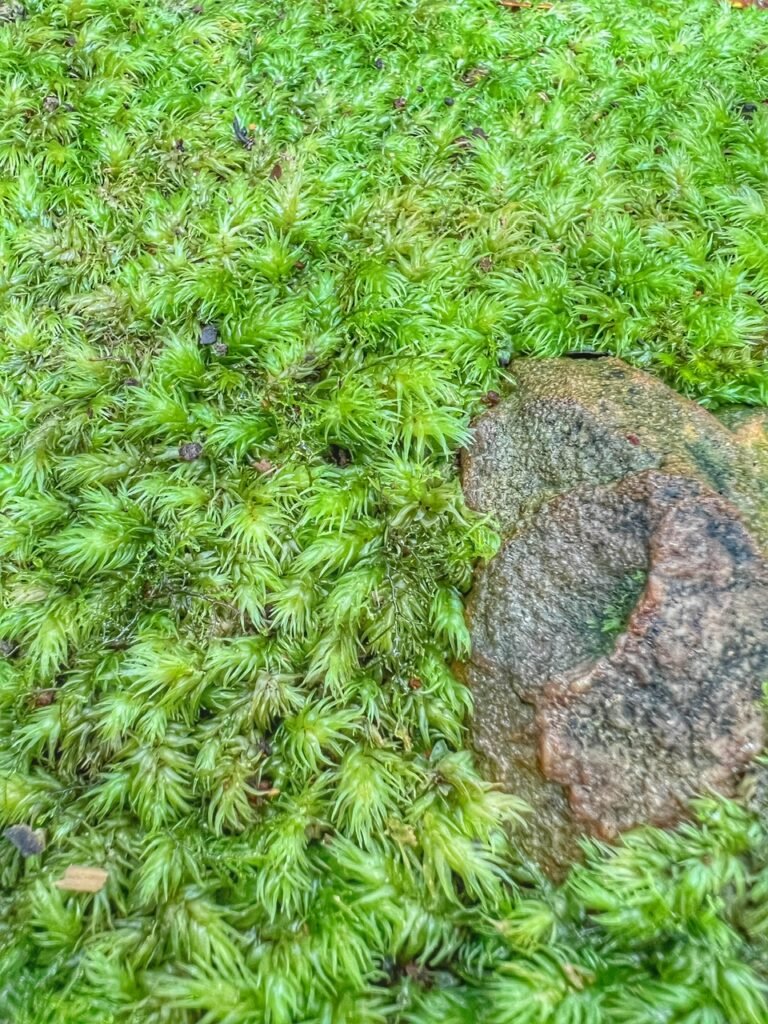
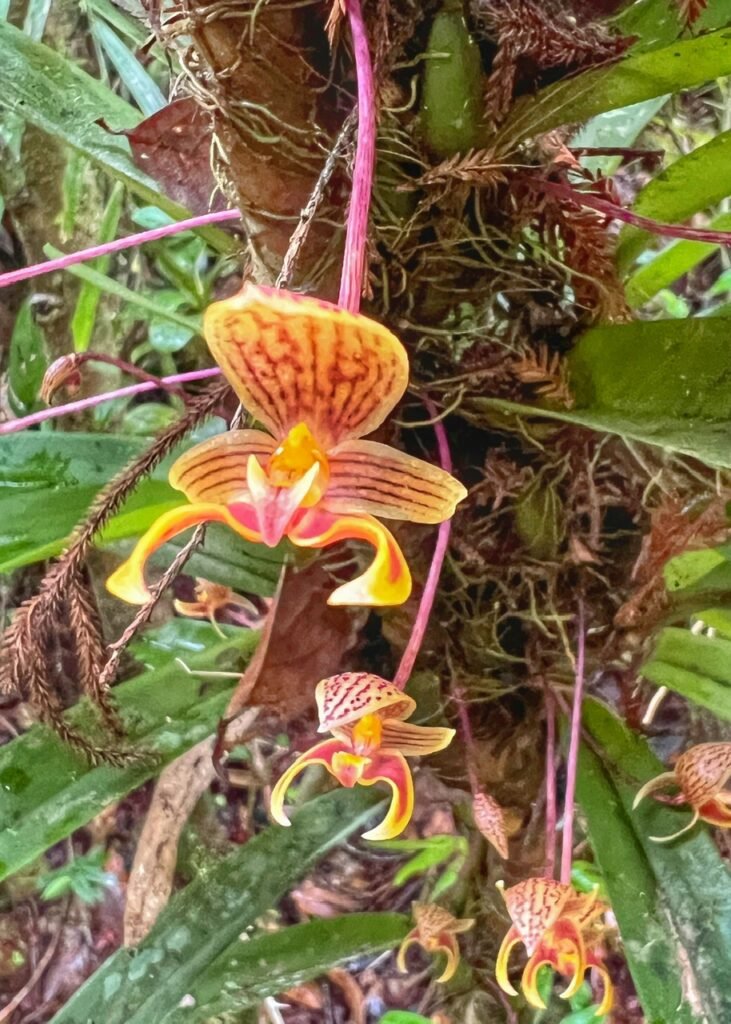
The emerald mosses blanketed the floors of the forest, as wild orchids popped up everywhere!

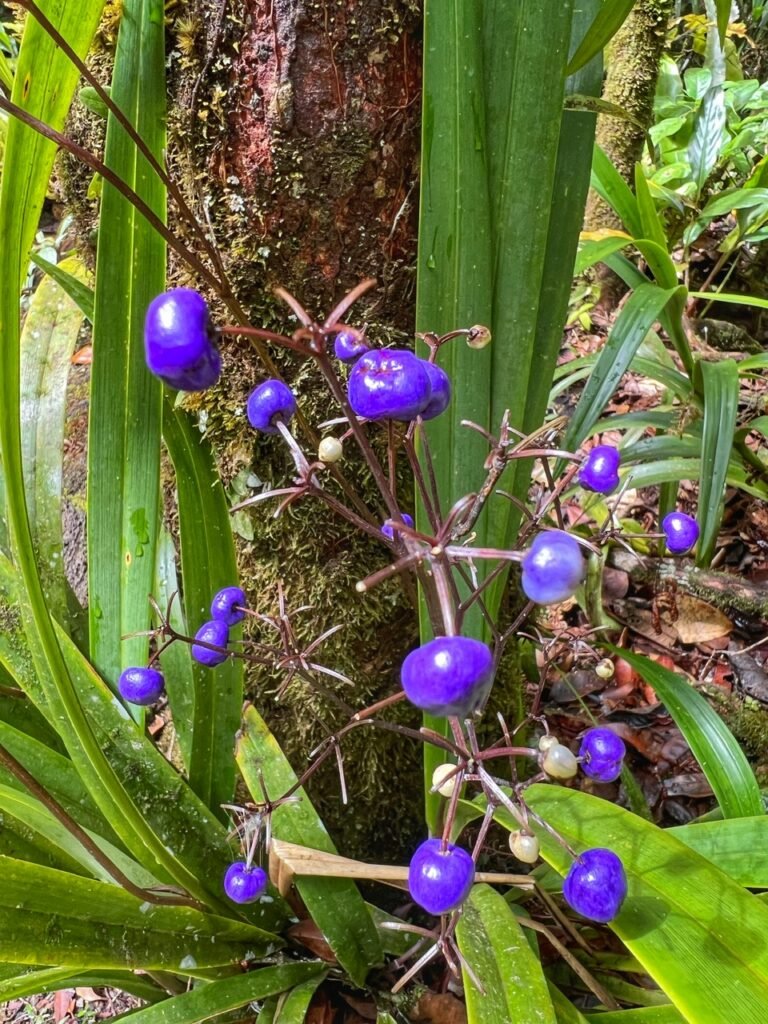
Spikemosses could make some very stunning Christmas garland. According to our plant identification app, Leaf Snap, these royal purple berry-like stunners are Harebell aka, a Flax Lilly.
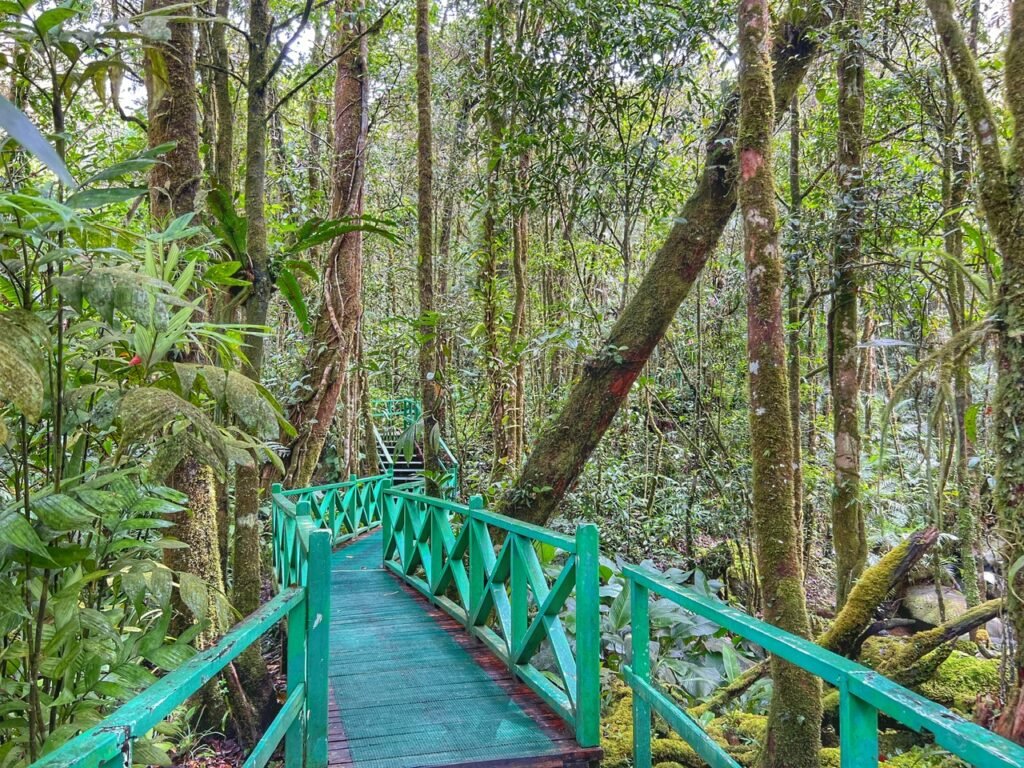
The inviting walkway that winded its way to the botanical gardens, which cost an additional $1, but was well worth it.
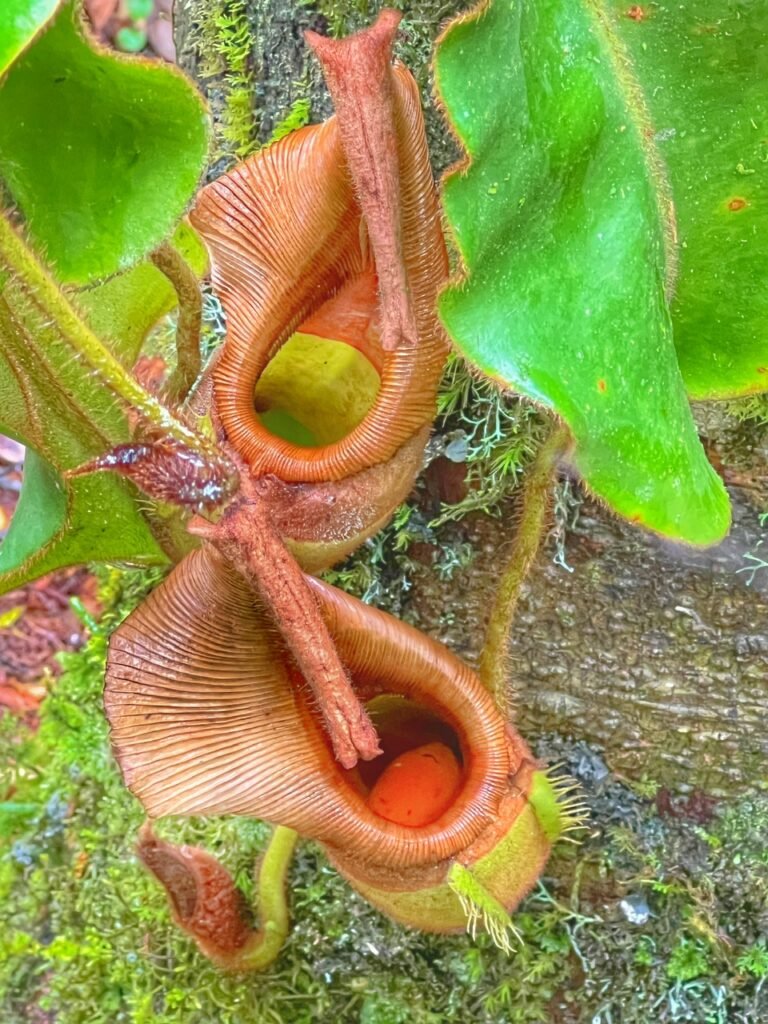
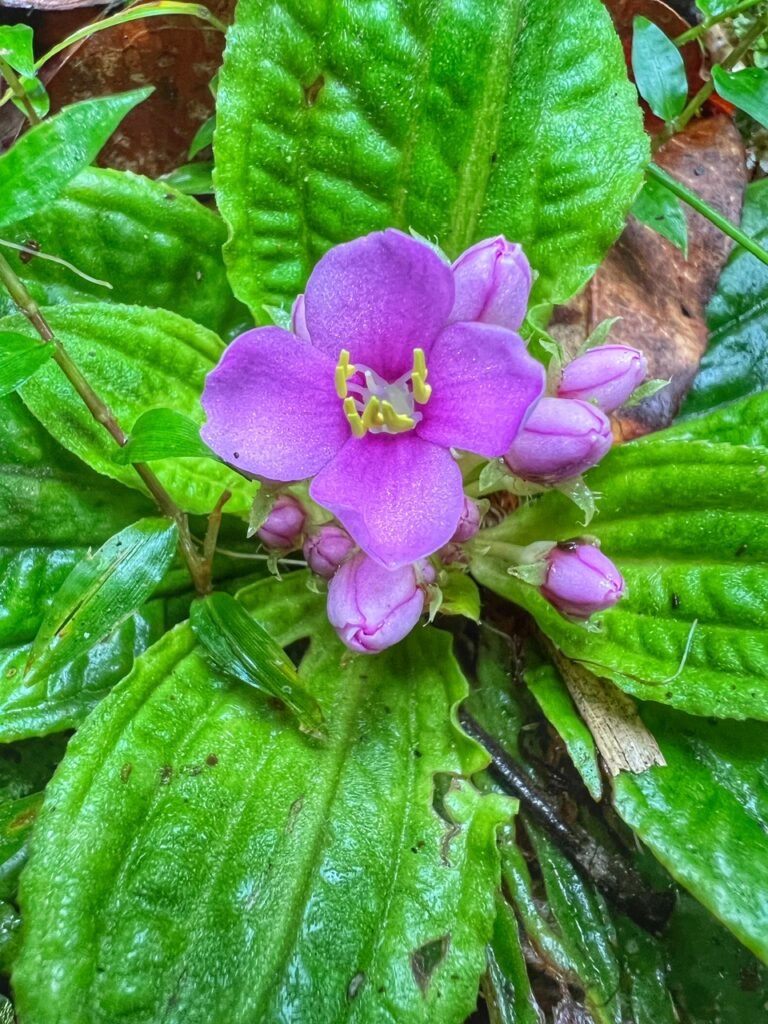
Pitcher plants, like we saw in Bako, with a view straight into their “stomachs” sat near a type of Dicot.
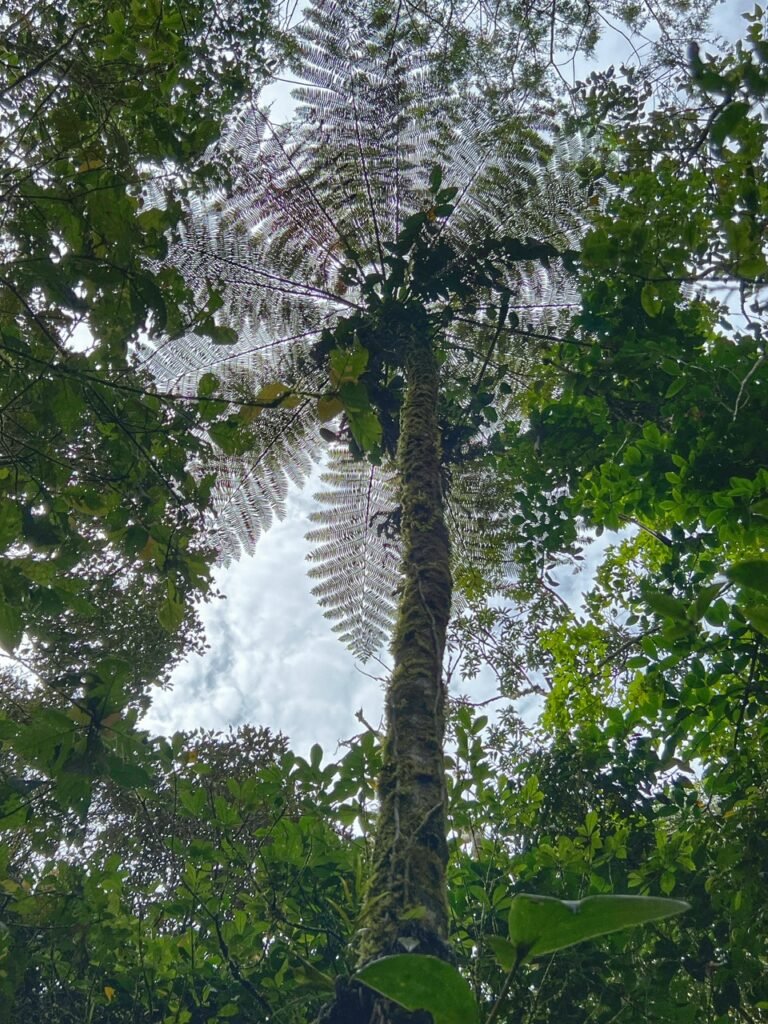
Our favorite tropical plant…the towering tree ferns look like delicate umbrellas.
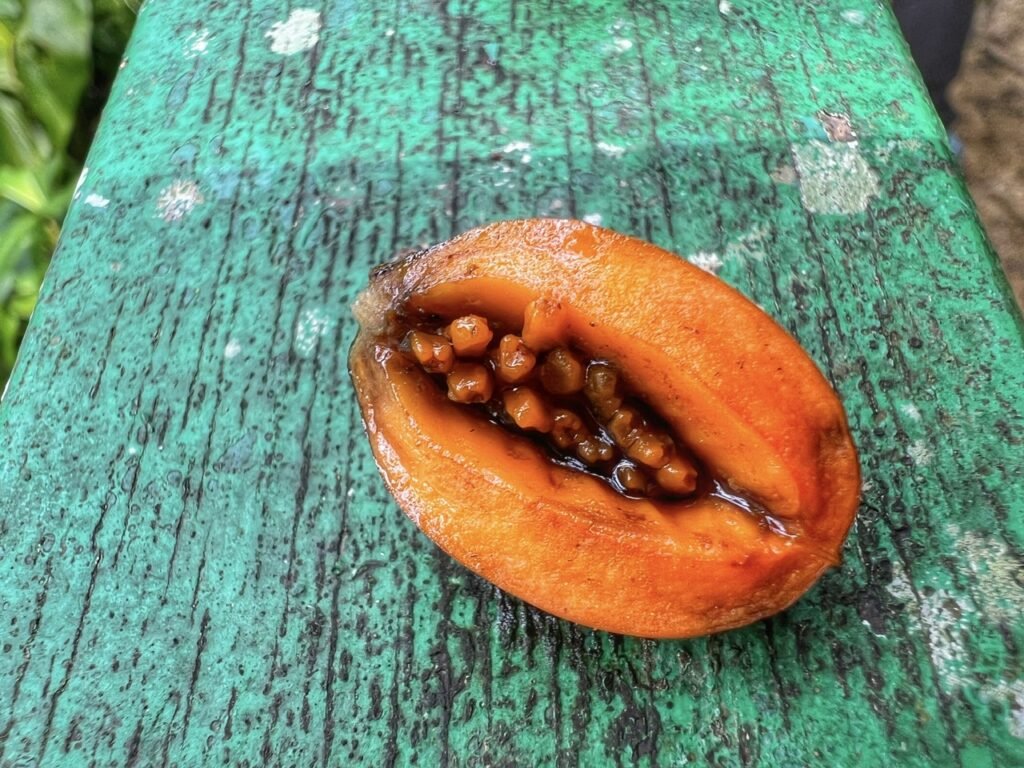
This peculiar fruit is called a kerosene fruit, which is orange in colour when ripe, has a strong lemony smell and the squeezed juices is flammable, thus its named kerosene. The bark of the tree is also easy to burn.
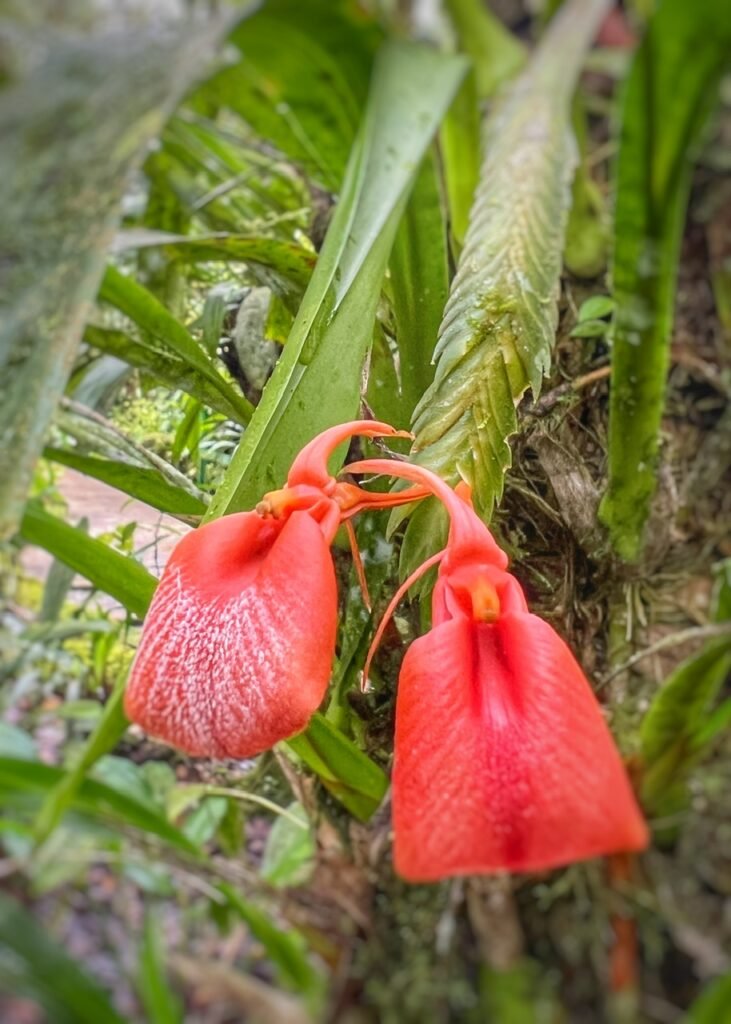
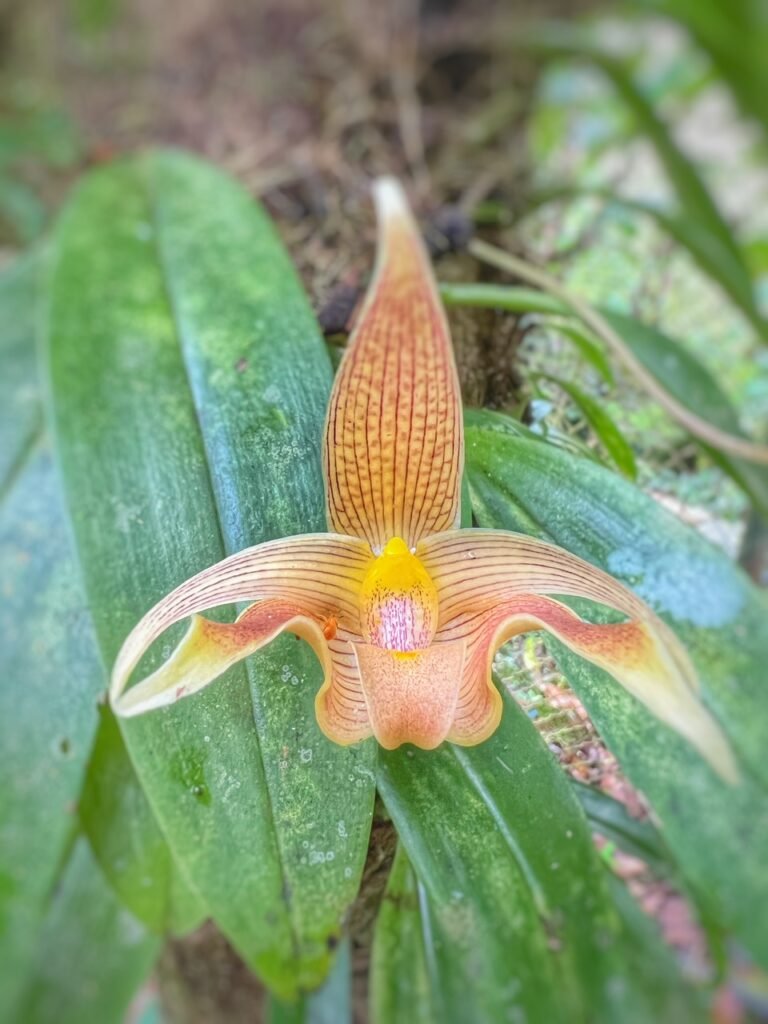
Another orchid begging to be papparazzied. There was some pretty stiff competition.
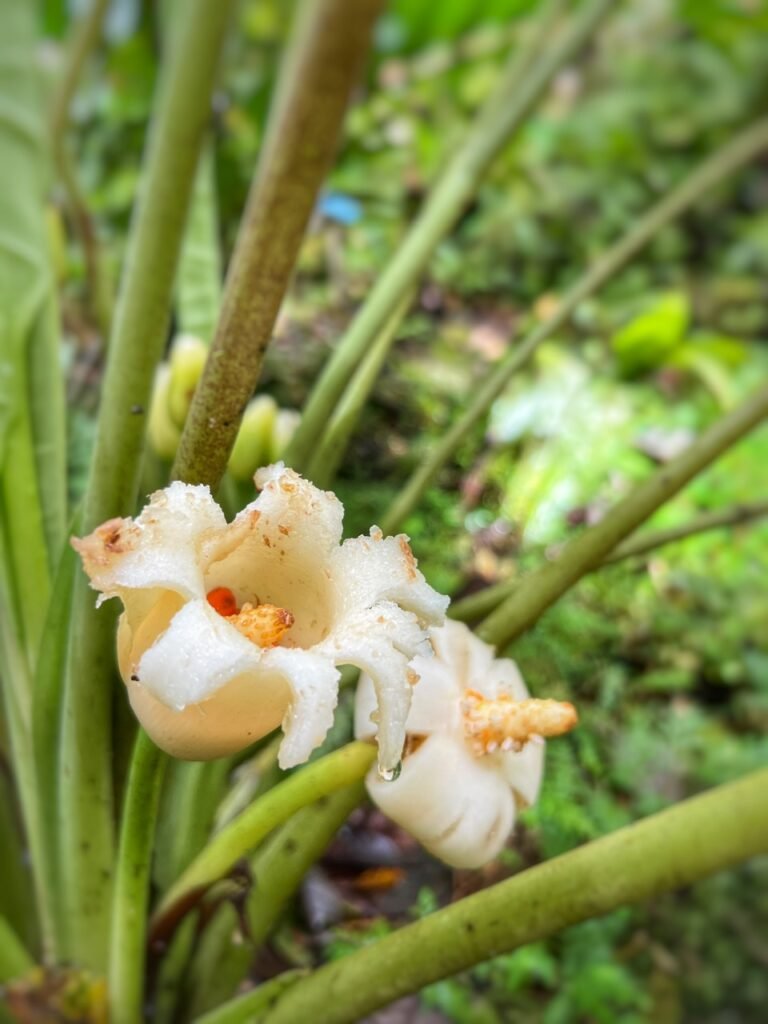
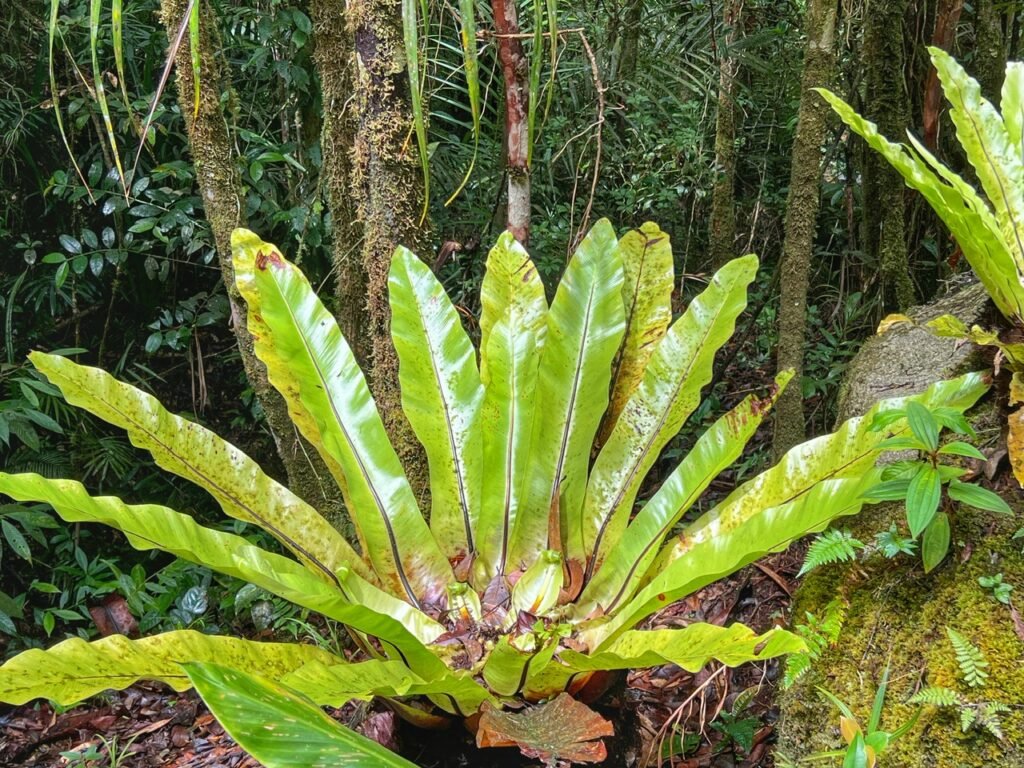
We found a very curious creation, near a bowl of brilliant bird’s nest fern.
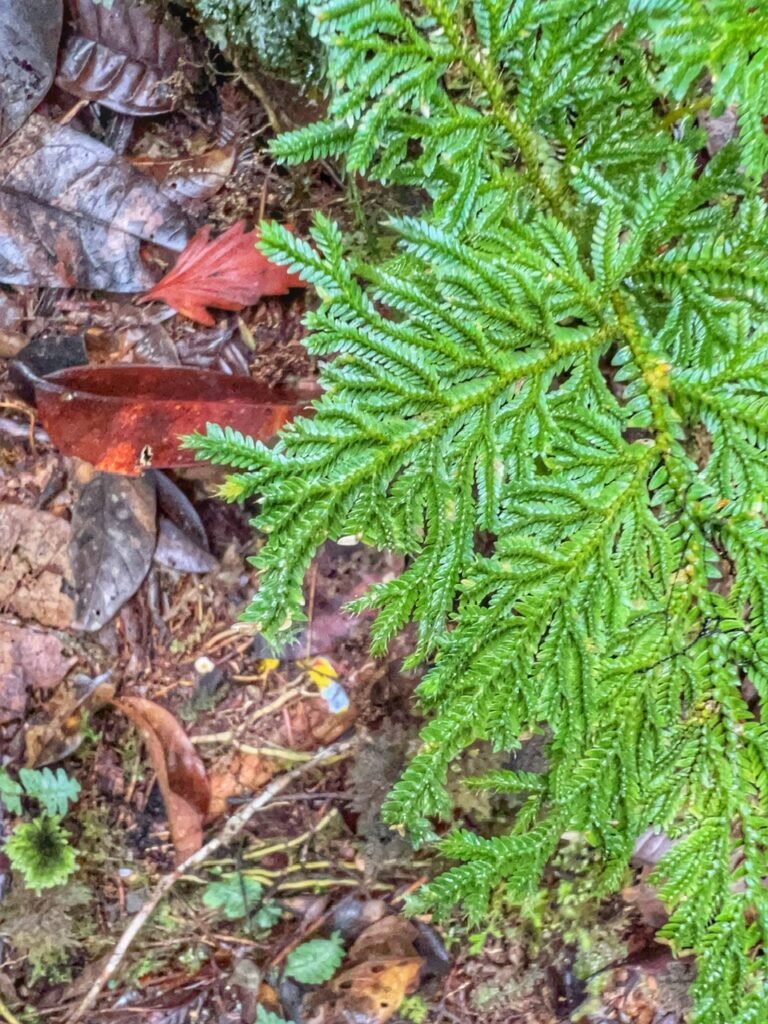
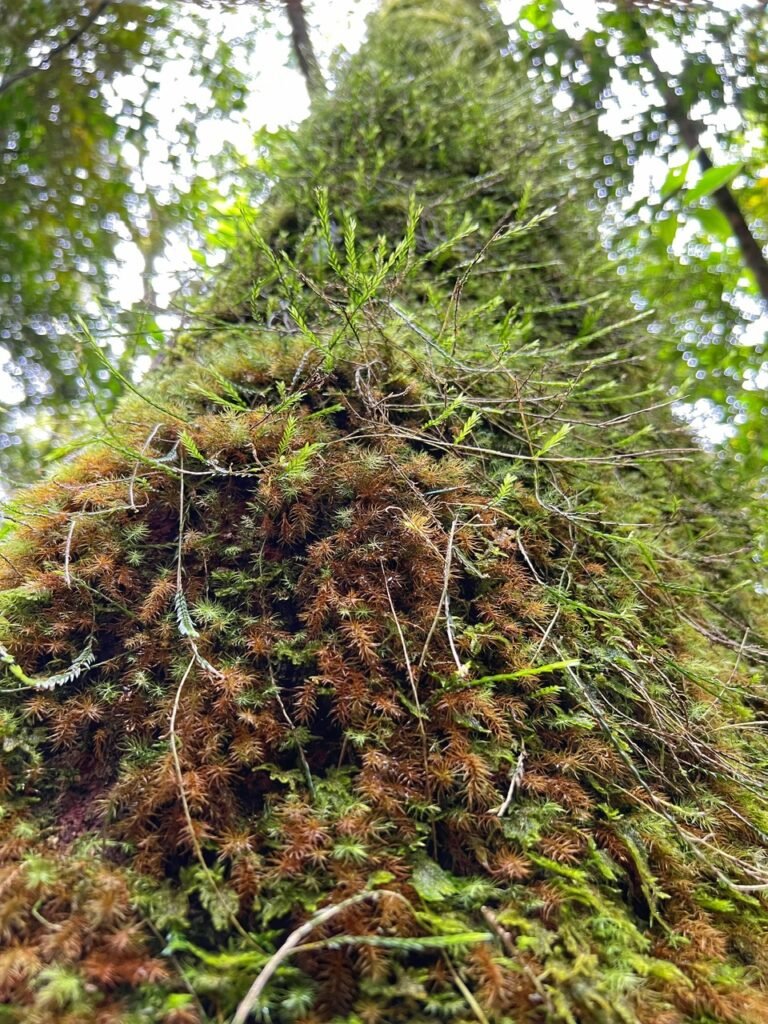
Another spikemoss, which was so intricate as well as an entire tree being embraced by mosses.
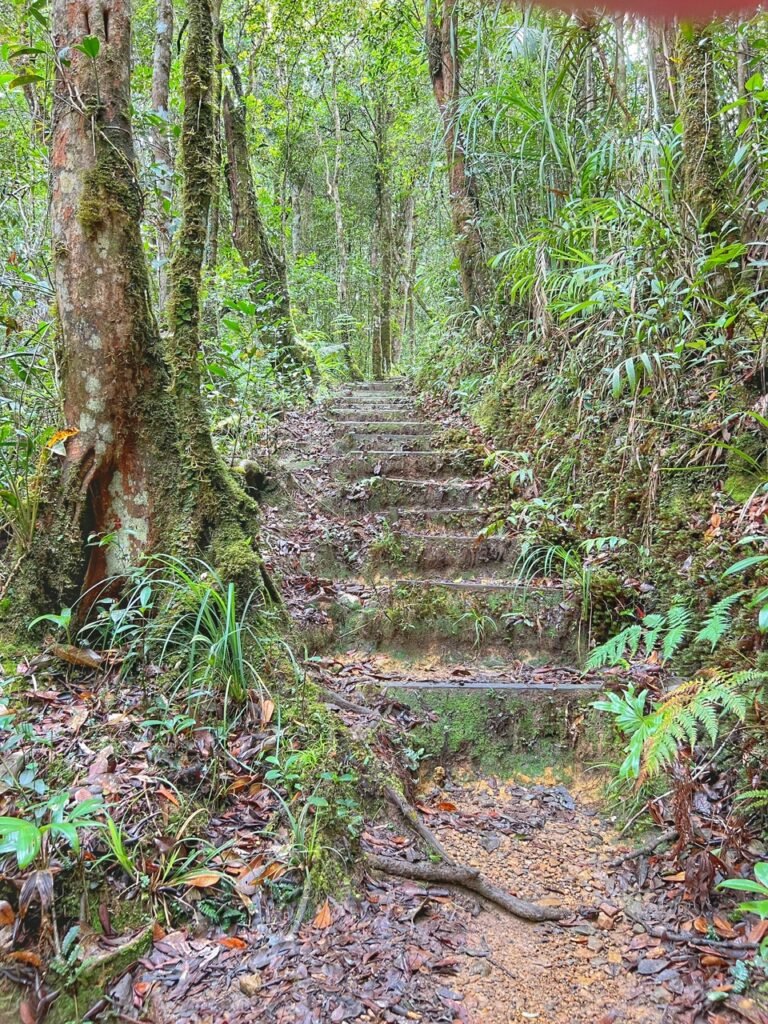
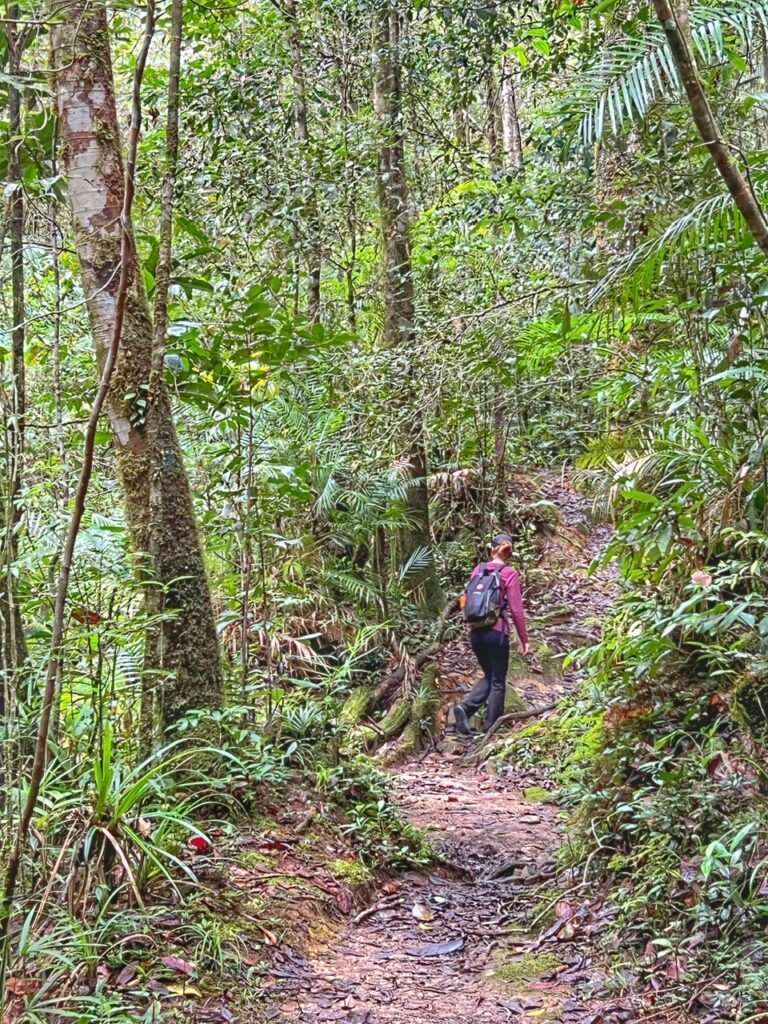
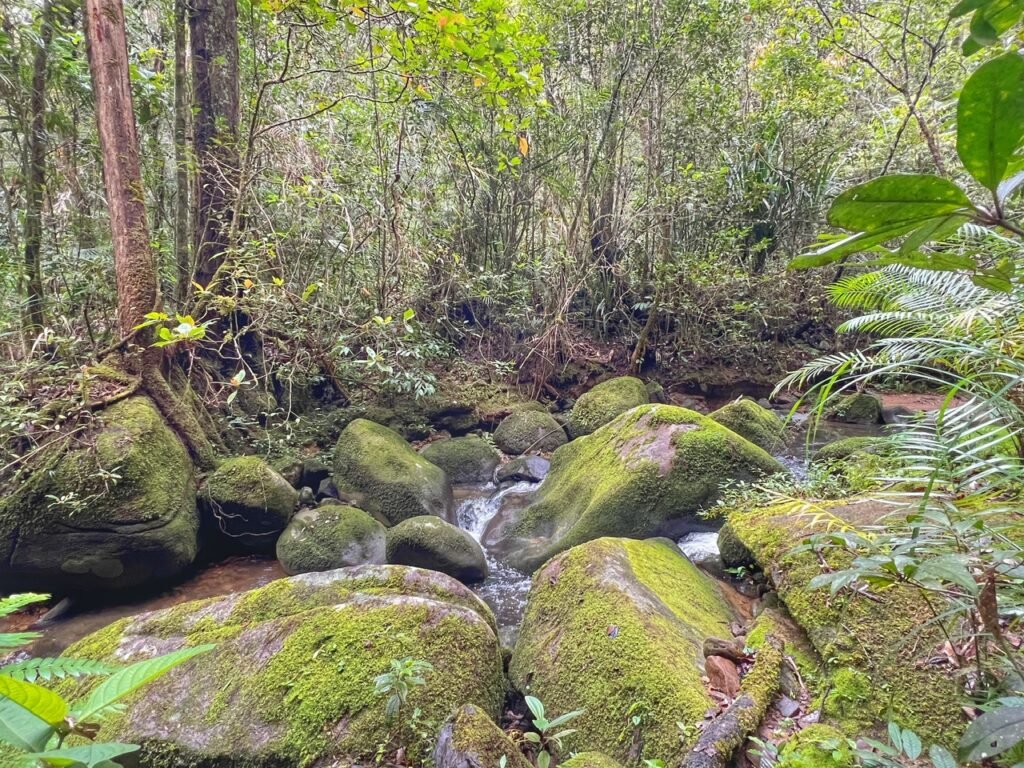
This was seriously exactly what we needed and undoubtedly well worth a stopover on our way to Kota Kinabalu.
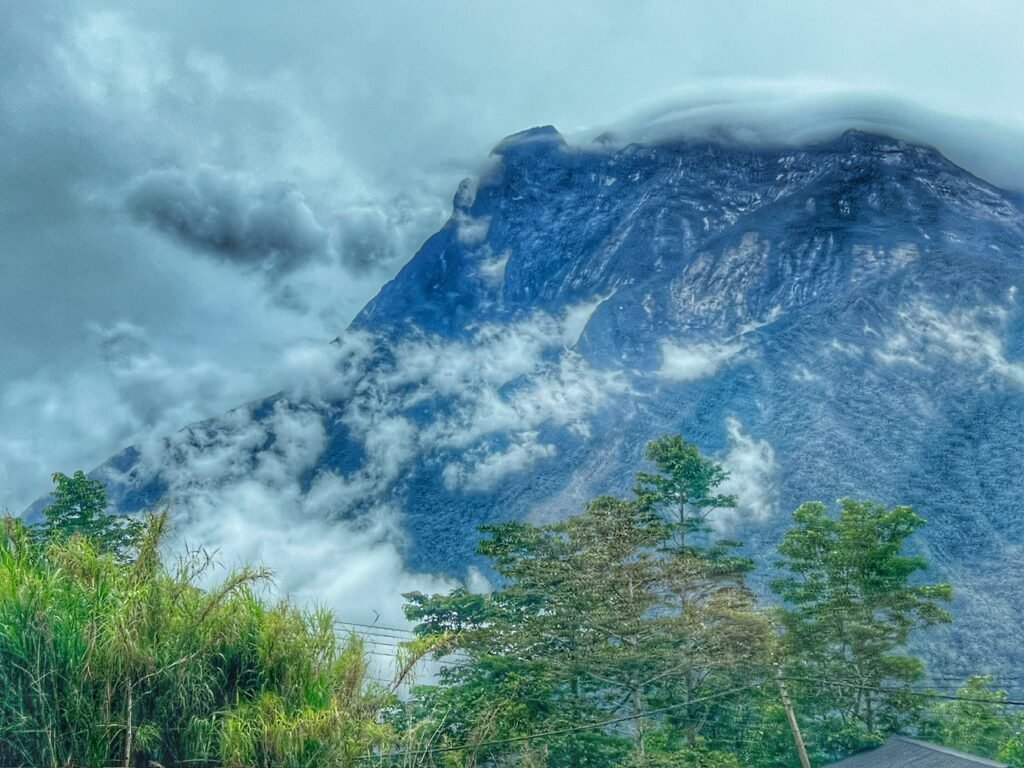
And the next day, on our way out, Kinabalu even came out to play. And as we looked at it, we had no regrets on not climbing it. Haha…

